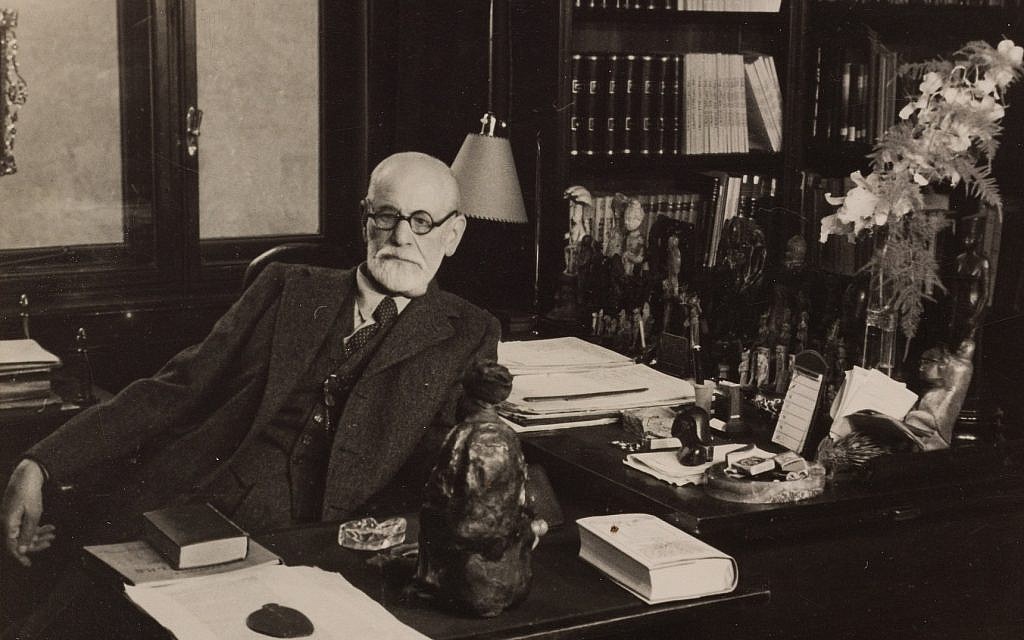From the moment German troops violated Austria’s territorial integrity on March 12, 1938, the prelude to Germany’s annexation of Austria, Austrian Jews were doomed.
Three days later, as German Chancellor Adolf Hitler addressed 250,00o delirious Austrians from the balcony of the Hofburg palace in Vienna, a wave of antisemitic violence washed over the city and Nazi thugs entered the residence and office of the famed psychoanalyst Sigmund Freud at 19 Berggasse.
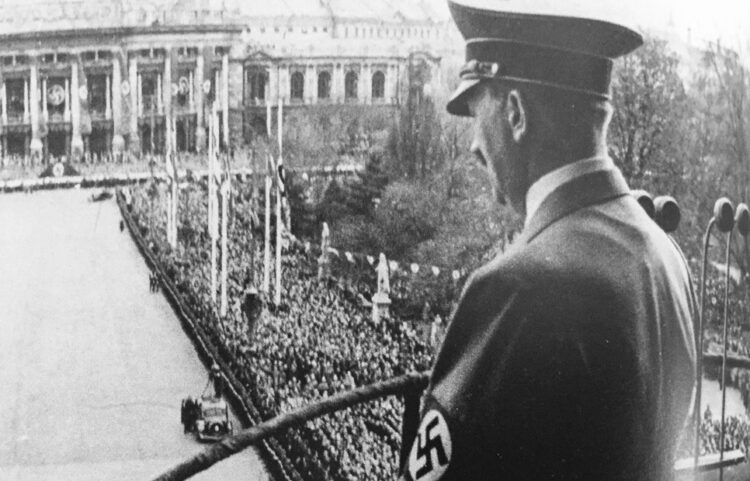
Freud, who was almost 82, realized he was in danger, not only because he was a Jew but also because the Nazis despised his theories as pseudoscience.
He and his family could have left Vienna earlier, when it would have been easy for them to emigrate. But he was reluctant to leave, hoping “to ride out the storm,” as one of his sons, Martin, later wrote.
Freud finally left, just in the nick of time, his departure facilitated by a group of devoted admirers and friends. The story of this rescue effort is felicitiously told by the American journalist Andrew Nagorski in Saving Freud: The Rescuers Who Brought Him To Freedom, published by Simon & Schuster.
Freud should have known that he and his wife, Martha, and their six children were playing with fire if they remained in Vienna in the weeks and months prior to the Anschluss, Germany’s annexation of Austria.
Judging by his famed essay, “Civilization And Its Discontents,” he knew that men and women were perfectly capable of “aggressive cruelty.” And he understood that the Nazis were savage beasts and that Austrian society was riven by dark undercurrents of antisemitism.
And yet, as Nagorski notes, Freud remained in denial.
“He was struggling with the cancer that had developed in his jaw as a result of his long addiction to cigar smoking, and he was acutely aware that his allotted time was running out, prompting him to hope desperately that he could spend whatever was left of it in relative peace, without the upheaval of settling elsewhere.”
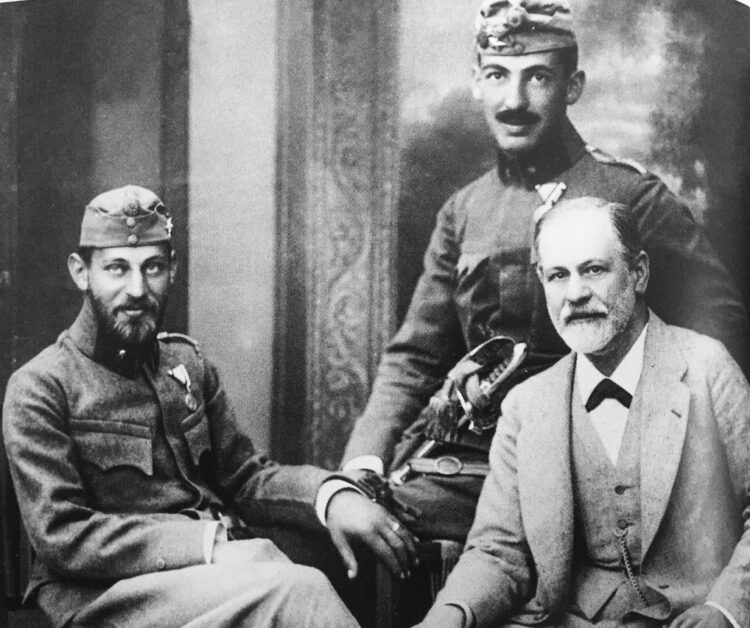
Furthermore, he was deeply attached to Vienna, a major center of culture and Jewish life in Europe and the headquarters of the Vienna Psychoanalytical Association.
Which is precisely why Freud’s fate would be in the hands of a group of rescuers who organized his flight from Vienna in the late spring of 1938. Thanks to their herculean efforts, he and his entourage of family members, in-laws and personal physician were able to restart their lives in London, where Freud spent the final fifteen months of his life.
Nagorski, a former Newsweek foreign correspondent, identifies five major rescuers:
Ernest Jones, a Welsh doctor and the president of the British Psychoanalytical Society, was instrumental in convincing Freud to leave and in persuading the British government to accept him and his party of 16 individuals.
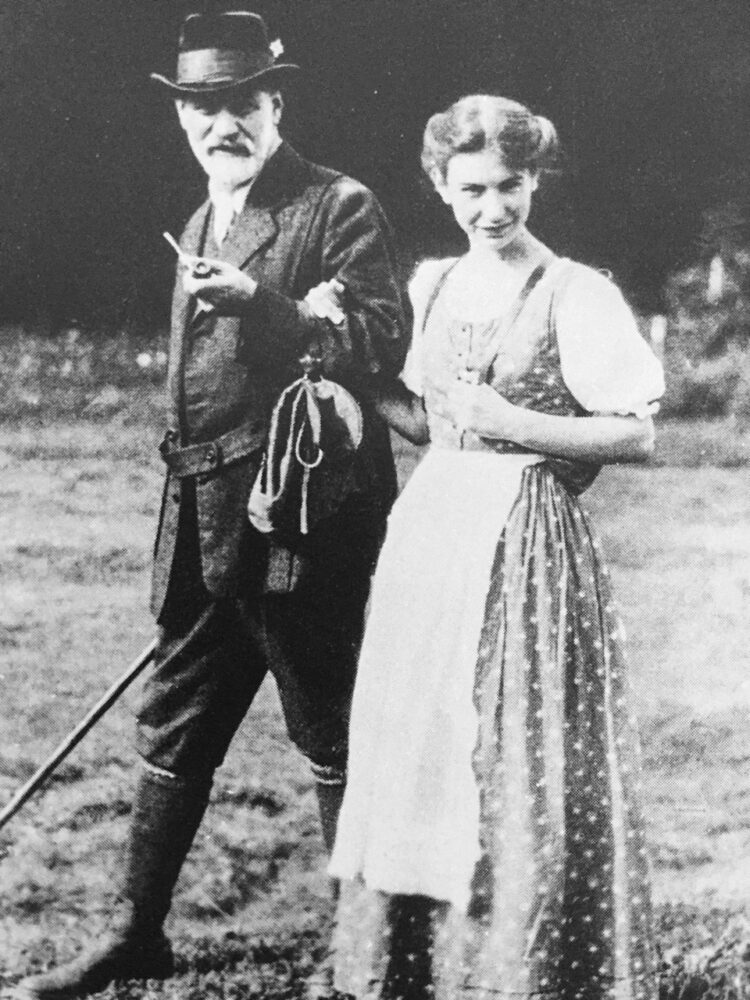
Anna Freud, his youngest daughter and chief caregiver who would become a child psychologist.
William Bullitt, a U.S. diplomat who was Freud’s patient in 1926 when his marriage was falling apart. During the 1930s, he served as ambassador to the Soviet Union and France.
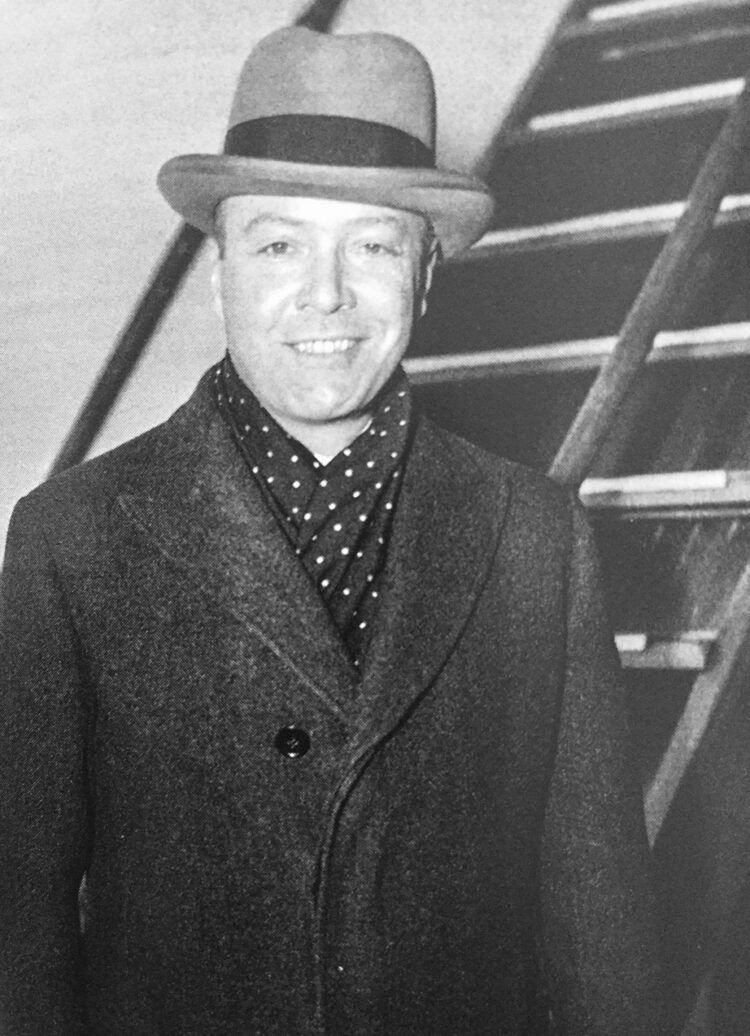
Marie Bonaparte, a psychoanalyst in her own right and the great-grandniece of Napoleon whose husband was Prince George of Greece and Denmark.
Max Schur, Freud’s doctor since 1929, who cared for him in Vienna and London until his immigration to the United States.
The last and most unlikely person in the rescue effort was Anton Sauerwald, a Nazi bureaucrat in charge of extorting Freud’s assets.
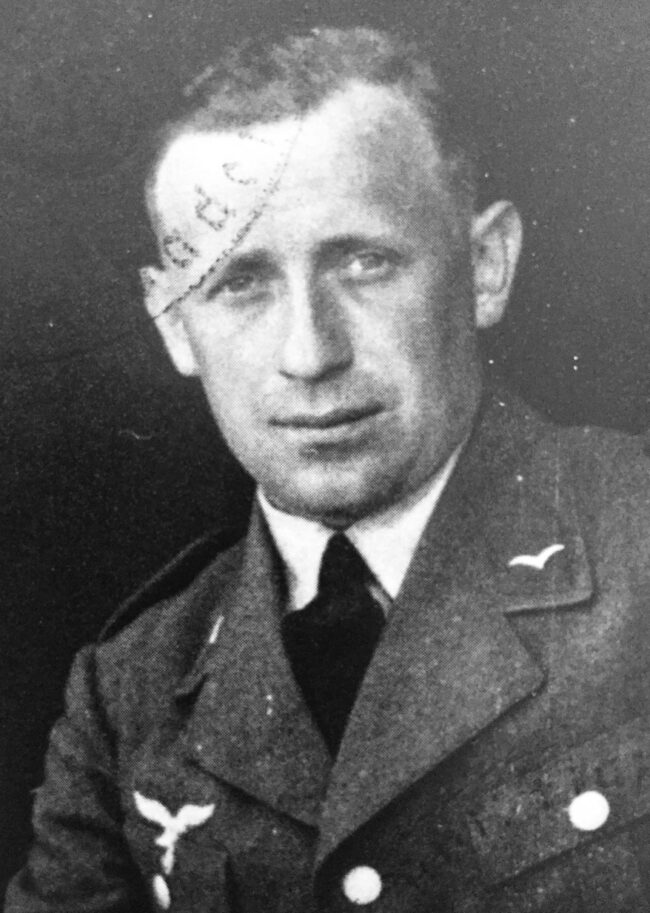
The role they played in his departure from Vienna is thoroughly explained, but before Nagorski deals with this aspect, he examines Freud’s biography.
He was born in the Moravian town of Freiberg, now in the Czech Republic, in 1856. While studying at the University of Vienna, he encountered antisemitism. These experiences would be useful to him. “I was made familiar with the fate of being in the Opposition,” wrote Freud, who was neither religious nor observant. “The foundations were thus laid for a certain degree of independence of judgment.” Freud’s originality of thinking led him to write The Interpretation of Dreams, which catapulted him to fame.
Seven years after its publication, Hitler, an Austrian by birth, moved to Vienna to study art. Much to his disappointment, the Vienna Academy of Fine Arts rejected him, citing his “unsatisfactory” drawings. He spent the next five years in Vienna, describing this period as “the saddest of my life.” Vienna, however, opened his eyes to “two menaces — Marxism and Jewry.”
Vienna’s mayor from 1895 until 1910 was Karl Lueger, a liberal who became an antisemitic populist. Hitler, having been influenced by his toxic ideas, hailed him as “the greatest German of all time” in his memoirs, Mein Kampf.
The founder of modern political Zionism, Theodor Herzl, lived in Vienna when Lueger towered over it. Indeed, he was Freud’s neighbor, living at 6 Berggasse, but the two never met.
Bullitt’s parents were pillars of high society in Philadelphia. His mother, who was of partial Jewish ancestry, was a descendant of European Jews who converted to Christianity in the early 18th century. Thirty five years younger than Freud, Bullitt met him when he contemplated suicide after the failure of his marriage.
In 1937, Bullitt’s recommendation led to the appointment of John Wiley, his former colleague in Moscow, as the U.S. counsel general in Vienna. Wiley would keep a watchful eye on Freud and his family as Austria slid into chaos prior to the Anschluss.
Freud began treating Bonaparte for frigidity in 1925, but soon she was a member of his inner circle. As Nagorski observes, “the speed of her transformation from patient to trusted confidante” was fairly rapid.
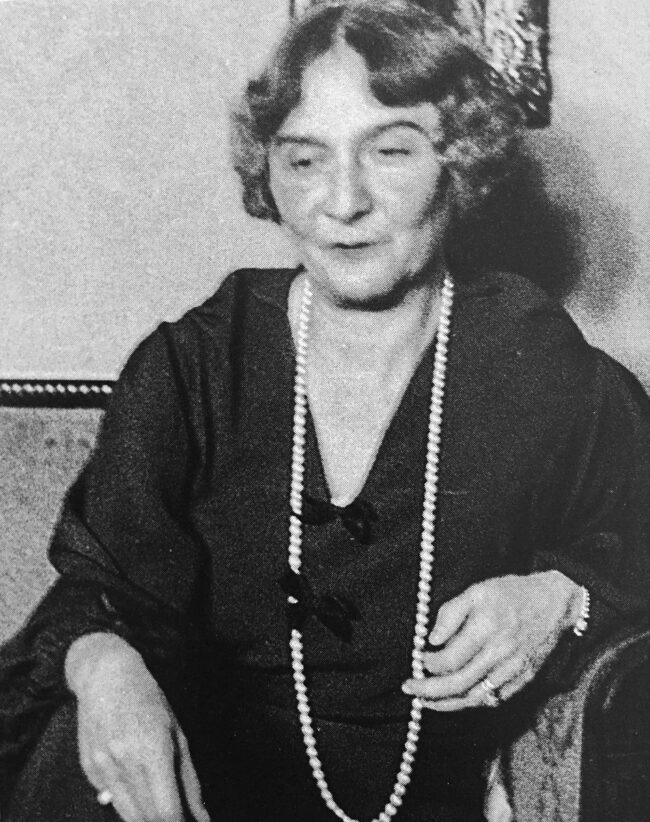
She introduced Freud to Schur, a specialist in internal medicine, in the mid-1920s. He established an excellent relationship with Freud and won the trust and respect of his family, especially Anna, who was closest to him.
Apart from his most serious medical problem, cancer of the jaw, Freud was prone to fainting spells and constant attacks of tachycardia, a heart disease which caused him intense chest pain and forced him to give up a favorite pursuit, mountain climbing.
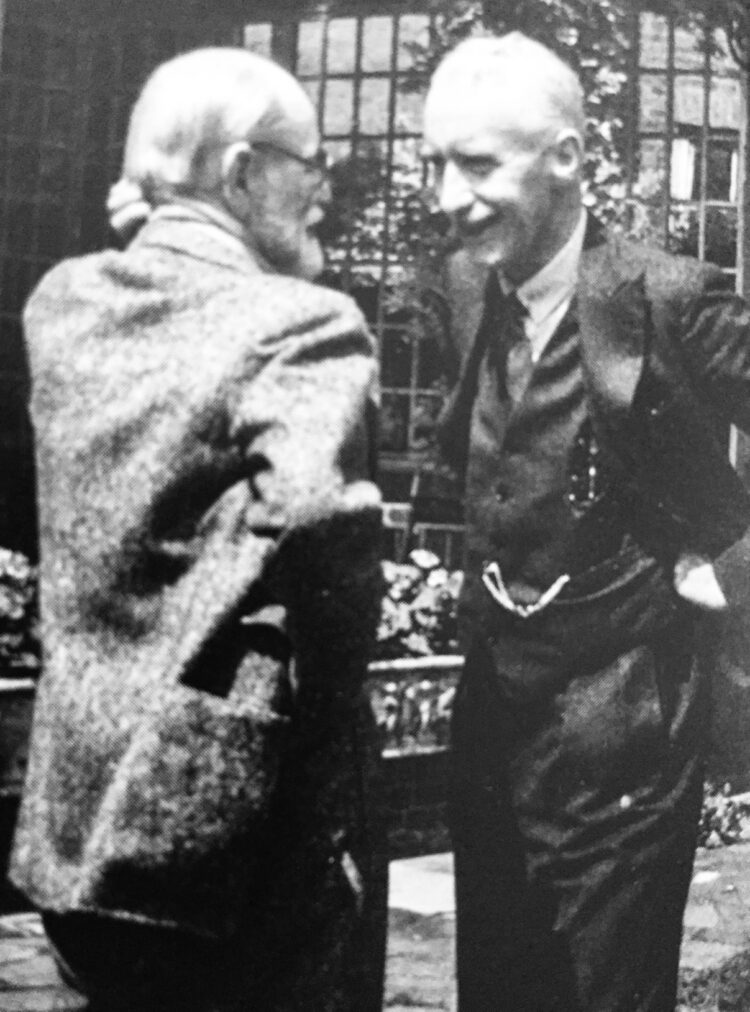
As the Nazis gained influence in Austria, Freud tended to downplay it. His attitude, Nagorski notes, “reflected (his) natural inclination to shy away from direct involvement in politics and his skepticism about revolutionary movements in general.”
Alarmed by events in Germany after 1933, Freud’s friends and colleagues urged him to emigrate, but he did not listen to their advice, underestimating Hitler and the Nazi movement. Anna, his daughter, explained his stubbornness to poor health and a desire to live out his last years in a city he loved.
Although he was a member of the first board of the Hebrew University in Jerusalem, he never considered settling in Palestine. In fact, he was skeptical about the Zionist project. “It would have seemed more sensible to me to establish a Jewish homeland on a less historically burdened land,” he declared.
Austria, in the meantime, was in Hitler’s crosshairs. He adored his “German-Austrian homeland,” but hated the “Austrian state.” The Austrian government resisted Nazi encroachments, but was powerless to stop German troops from crossing into its territory in the early hours of March 12, 1938. “Austria is finished,” wrote the American reporter William Shirer. “Beautiful, tragic, civilized Austria! Gone.”
On the following day, Germany formally announced the Anschluss, the transformation of Austria into a province of the German Reich.
This spelled finis to Austria’s 175,000 Jews, but Freud was oddly optimistic that better days lay ahead. “As I feared, he was bent on staying in Vienna,” Jones reported after a heart-to-heart talk with him.
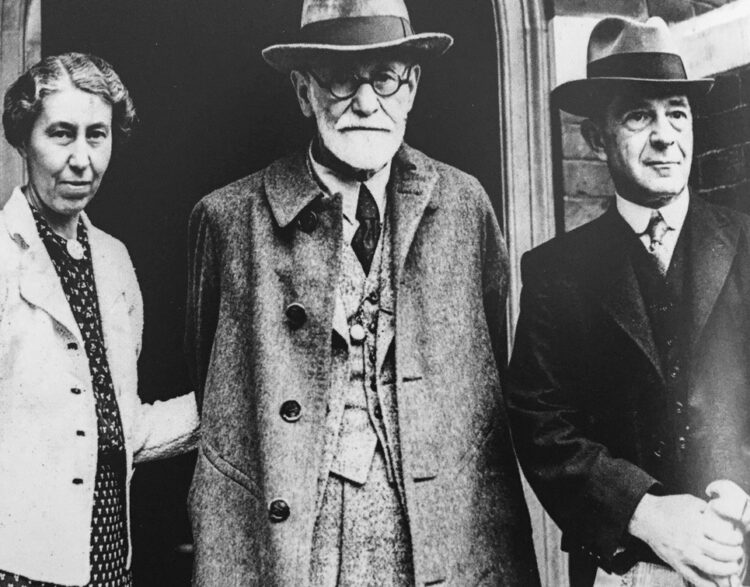
Bullitt called U.S. President Franklin Roosevelt, and the following day Secretary of State Cordell Hull instructed Wiley to make arrangements for Freud and his entourage to travel to Paris. Bullitt warned the German ambassador in France that any mistreatment of Freud would trigger an international outcry.
Sauerwald, who had been appointed as a trustee to liquidate Freud’s assets, treated Freud with kid gloves, his uncritical embrace of antisemitism notwithstanding. In addition, he deposited some of Freud’s books on psychoanalysis in the Austrian National Library, where they survived the Nazi regime and the war.
Jones secured British entry permits for Freud and his entourage, while Bullitt and Bonaparte were ready to help with the exorbitant payments the Nazis demanded before Sauerwald signed their exist visas.
On June 4, the Freuds received train tickets for the Orient Express and departed for Paris that afternoon. They were greeted in Paris by Bullitt, Bonaparte and one of Freud’s sons, Ernst. Bonaparte’s two chauffeur-driven cars, a Rolls-Royce and a Bentley, were waiting to drive them to her estate on the western edge of Paris.
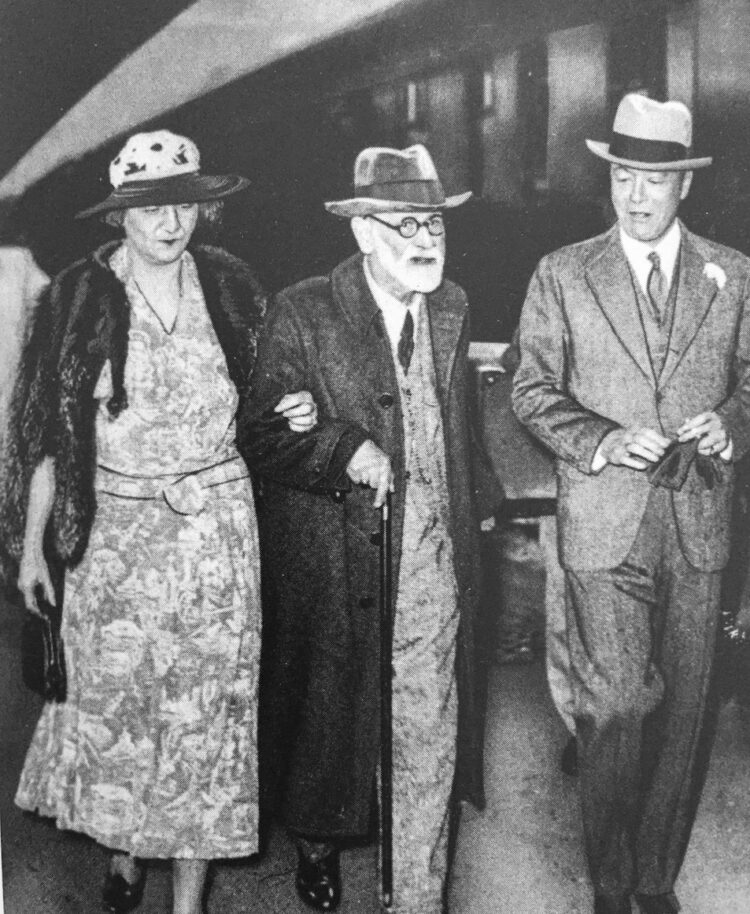
After living in rented quarters in London for a while, the Freuds moved into a spacious house in Hampstead that Ernst, an architect, had modified for their needs.
Freud continued treating patients and completed writing An Outline of Psychoanalysis, which was published posthumously. Now in chronic pain, he died on September 23, 1939, three weeks after Germany’s invasion of Poland and the outbreak of World War II, which would have a devastating effect on his four sisters in Vienna.
Three of his siblings, Rosa, Marie and Pauline, were murdered in the Treblinka extermination camp in Poland in 1942. Adeline died of starvation in the Theresienstadt camp in the same year.
The same fate may have befallen Freud had he remained in Vienna. Fortunately enough, he was whisked out of Austria and died in freedom.
Nagorski tells this little-known story in comprehensive and compassionate fashion.
